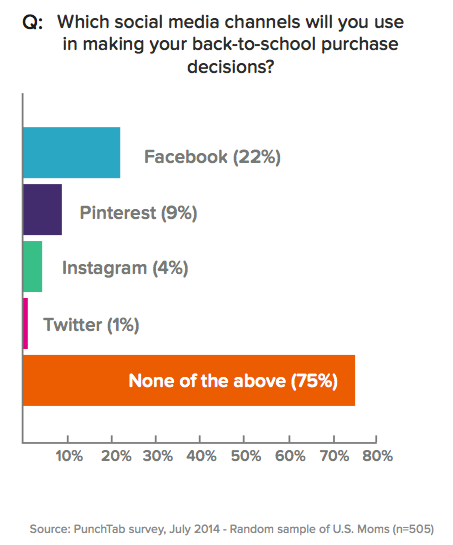Attraction To Action: How Marketers Can Capitalize On The Middle Funnel
Brands often focus resources on the top and bottom of the marketing funnel, but what about the middle?

Attracting a consumer no longer means luring them into your brick-and-mortar store. “Attracting” is now a much more loaded term and has many implications along the purchasing cycle.
There are hundreds of versions of the consumer funnel; sometimes it is flipped upside down or it can even be horizontal. But regardless of how the funnel is positioned, consumers always follow a similar flow: Awareness, Interest, Desire, Action.
Marketing messages are important at every stage of the consumer funnel, but advertisers sometimes have a tendency to focus on the upper and bottom stages. They often leave out core strategies related to the middle, where consideration and the ability to influence a customer is most critical.
Messaging In The Middle
At the beginning and lower stages of the sales funnel, retailers are attracting customers into their consideration set, or perhaps even their “re”-consideration set. That’s one of the reasons why SEO has become ubiquitous and why retargeting is becoming so well adopted.
The rules of attraction indicate that serving the right ad after the customer has already approached your website and declared intention by searching for the product can be the ultimate reinforcement to turn intent into a purchase.
However, what is happening in the time between the initial site visit and the conversion? A lot of activity occurs between the awareness and action stages.
Nurturing The User On Social And Content Sites
If you are a retailer, it is highly possible that you are already using search engine marketing and site retargeting. However, once a consumer searches and leaves the search engine, are you nurturing them as they engage on social and content sites?
Without a way to leverage intent at every stage of the funnel, you are most likely missing out on the opportunity to influence brand preference and/or action.
Some retailers are putting a lot of funding behind social media campaigns, but a recent study by PunchTab finds that Twitter chatter isn’t actually moving the sales needle for back-to-school, with just 1 percent of respondents consulting the social media platform for back-to-school purchases.
Facebook seems to have more impact: 22 percent of moms use it for information on school products. Product review and shopping comparison sites are other environments where consumers look for information related to their purchase intent.
With search retargeting, you can capture keywords across these types of search entities and also serve up ads related to the consumer’s intent. This type of intent data allows marketers to predict what shoppers are in-market for before they even visit a website.
The Education Stage
Let’s take this one step further. The best way for any marketer to attract more customers is by combining their site and search retargeting efforts. Think of the middle funnel as your education phase and opportunity to influence your audience.
In many scenarios, this is still early in the path to purchase and represents the best time to show highly relevant marketing messages customized based on real-time behaviors.
With retargeting strategies, marketers eliminate the challenge of reaching a finite audience, which is generally determined based on site visitations. Other types of retargeting efforts that can help take prospects through the awareness and consideration phases include dynamic creative retargeting, which helps marketers serve up ads customized to the audience.
For example, if you recently searched for a vacation in Miami, you might see an ad featuring Miami travel deals. With dynamic retargeting, the creative contents of an ad can be optimized to the end user in real time. This approach is used in the lower funnel stages when consumers are close to purchasing or in the event that they may have left a site without completing their transaction.
The real beauty of retargeting is that just because a user has converted, it doesn’t mean that you have to abandon that relationship. The ability to retarget allows you to ignite the funnel process over and over again, remaining top of mind as consumers continue on their many paths to purchase from search engines to content and media consumption to site visits.
The consumer funnel, regardless of its shape or position, represents a consistent consumer journey. Using intent data at multiple consumer stages will assist brands in the process of attraction to action.
Contributing authors are invited to create content for MarTech and are chosen for their expertise and contribution to the search community. Our contributors work under the oversight of the editorial staff and contributions are checked for quality and relevance to our readers. MarTech is owned by Semrush. Contributor was not asked to make any direct or indirect mentions of Semrush. The opinions they express are their own.
Related stories